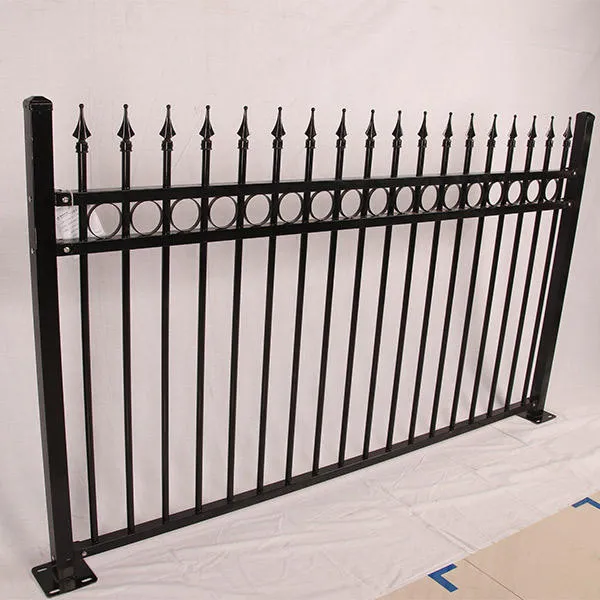Nov . 15, 2024 08:24 Back to list
iron rods deformed steel bar manufacturers
The Evolution and Innovations in Iron Rods and Deformed Steel Bar Manufacturing
The construction industry is the backbone of development and infrastructure growth, and at its core lies the critical role played by steel products, notably iron rods and deformed steel bars. These materials are fundamental to the structural integrity of buildings, bridges, and roads, and understanding their manufacturing process is essential for appreciating their importance.
Iron rods, often referred to as rebars, are made from steel alloys that provide added strength and resistance to tensile forces. Deformation of these bars is a key manufacturing process designed to enhance their bonding capabilities with concrete. This combination creates a composite material that can withstand various stresses while maintaining structural stability.
Manufacturing Process
The production of deformed steel bars begins with the careful selection of raw materials, primarily scrap steel or direct reduced iron (DRI). Producers must ensure that the materials meet stringent quality standards. The selected materials undergo melting in electric arc furnaces, where temperatures reach upwards of 1600 degrees Celsius. This process facilitates the removal of impurities, yielding a molten metal that is further processed.
Once the steel is melted, it is alloyed with specific elements such as carbon, manganese, and silicon to alter its mechanical properties. This is crucial in the creation of rebar, whose performance is subject to varying conditions like seismic activity and temperature fluctuations.
After achieving the desired chemical composition, the molten steel is cast into slabs or billets which are then cooled and subjected to hot rolling. During this stage, the heated billets are passed through a series of rollers that shape them into long bars while also introducing the deformations (ribs and lugs) essential for enhancing the bond with concrete. These ribs increase the surface area for adhesion, ultimately improving the load-bearing capacity of structures.
iron rods deformed steel bar manufacturers

Quality Control
Throughout this manufacturing process, rigorous quality control measures are implemented. Manufacturers often conduct tests for tensile strength, elongation, and corrosion resistance to ensure that the final product meets industry standards set by organizations like ASTM International or the American Concrete Institute (ACI). Advanced techniques such as non-destructive testing and metallographic analysis are also employed to evaluate the microstructural integrity of the bars.
Market Trends and Innovations
As the demand for sustainable construction practices rises, manufacturers of iron rods and deformed steel bars are adopting eco-friendly techniques. Many companies now use recycled steel as a primary raw material, significantly reducing the environmental impact associated with steel production. Moreover, innovations like the development of high-strength deformed bars are on the rise, offering improved performance while using less material.
In addition, advancements in coating technologies to prevent corrosion have transformed the market. Epoxy-coated rebar and galvanized steel bars are examples of products designed to extend the lifespan of structures, especially in harsh environments. These innovations not only enhance durability but also reduce maintenance costs for infrastructure managers.
Conclusion
The manufacturing of iron rods and deformed steel bars is a dynamic field that plays a pivotal role in modern construction. As the industry evolves, manufacturers are increasingly focused on quality, sustainability, and innovation. Their ability to adapt to changing demands for strength and environmental responsibility will continue to define the future of construction materials. Understanding the intricacies of this manufacturing process not only highlights the importance of these products in the structural fabric of our world but also points toward a more sustainable future where quality and environmental responsibility go hand in hand.
-
High-Quality Steel Grating Solutions for Industrial Applications | Durable, Safety, Customization
NewsJul.13,2025
-
Advanced Solutions-CompanyX|Enterprise Efficiency&Cost Reduction
NewsJul.13,2025
-
Sustainable Manufacturing-EcoTech Innovations|Waste-to-Energy System&Zero Emissions
NewsJul.13,2025
-
Welded Wire Mesh- Buildings Wiremesh Co., Ltd.|Durable Construction Material&Industrial Strength Solution
NewsJul.13,2025
-
Smart Production Solutions-Example Corp|AI Automation&IoT Monitoring
NewsJul.13,2025
-
Advanced Industrial Solutions-Advanced Industrial Solutions|Manufacturing Efficiency&Productivity
NewsJul.13,2025

